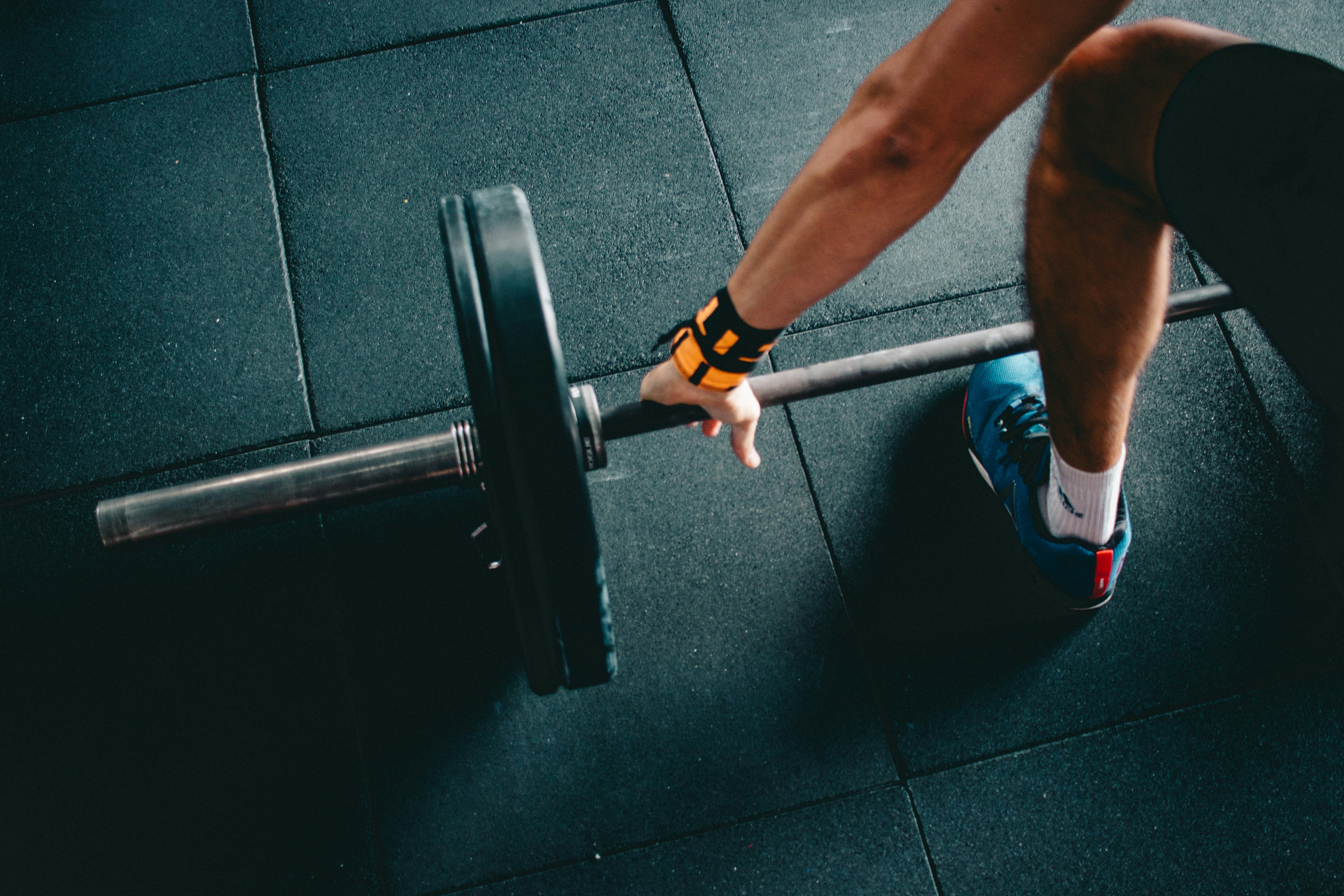What is a fitness planner?
A fitness planner is a way for you to track your fitness journey, set goals, stay accountable and overall help you transition into a healthier lifestyle!
It's just like a regular life planner, but fitness-related instead. Rather than organizing daily to-do lists and monthly appointments, you'll be making exercise and meal plans as well as creating roadmaps to accomplish your fitness goals.
Benefits of using a fitness planner

1. Clarify & set fitness goals
When you lose sight of the main reason why you started working out in the first place, you'll naturally lose the motivation to keep going. With a fitness planner, you can clarify these goals and put them down into ink.
2. Set milestones
No matter how hard you try, you will not be able to achieve your fitness goals overnight. It will be a long process that needs a lot of perseverance, which is why it'll be more helpful to break your fitness goals down into milestones.
A planner will help you keep track of these micro-goals, and give you a sense of accomplishment when you do hit these milestones.
3. Craft action plans
In order to help you reach your goals, you'll need to have an action plan. A good action plan will help keep you accountable and prevents you from making excuses. A fitness planner is a place for you to organize these plans and keep them in reach at all times.
4. Keep track of your progress
With all things fitness, it may take some time for results to be visible. To keep yourself from getting demotivated, a fitness planner can help you keep track of your progress, no matter how small.
From your body measurements to how much weight you've lost, a fitness planner can give you a roadmap of how far you've come and keep you motivated!
How to start your own fitness planner
If you're interested in getting a fitness planner to accompany you on your fitness journey, here's how you can start one of your own!
1. Create a goal-setting sheet
At the very start of your fitness planner, you should set your goals, milestones and motivation. This will set the mood and direction of your planner and will also serve as a ready reminder to you every time you open your fitness journal.
Here are some things that you may want to include in your goal-setting sheet:
- Your starting, goal and final weight and measurements.
- Habits you want to pick up
- Milestones
- Rewards
2. Exercise and food plans
According to the 70/30 rule, 30% of weight loss is exercise and 70% is the food you eat. That is why your fitness planner should account for both your activity levels and diet.
You should dedicate several pages to keeping track of what exercises you've done, how many reps, how much weight lifted, etc.
As for your food tracker, you should have sheets that keep track of what you eat everyday as well as the nutritional value of your meals. If you prefer, you can also keep track of your calorie intake.
These will help you become more mindful of what you eat and how much exercise you've been incorporating into your lifestyle. From there, you can make adjustments accordingly to help reach your fitness goal.
2. Monthly calendar spreads
Monthly calendar spreads can play a key role in your fitness journey as well. These can come in handy when deciding your fitness routine.
For example, here are some ways you can use a monthly calendar spread in your fitness planner:
- Deciding how many days a month you want to work out
- The types of exercise you want to do (e.g, cardio, weight-lifting)
- Tracking appointments (e.g, gym days, spin class, yoga class)
- Making note of days where you can't workout due to schedule
- Tracking your rest days
3. Progress tracker
As mentioned earlier, a fitness planner will help you keep an eye on your progress throughout your fitness journey. You can pick and choose the type of metric you wish to track your progress with, and add it to your fitness planner.
You can track your progress with:
- Body measurements
- Weight loss progress
Some people prefer to use one or the other, while others may use both. Whatever it is, it's best to choose which one you're more comfortable with. After all, a fitness journey is a personal one, so you get to decide what goes into your fitness planner.
4. Habit trackers
Picking up good habits and cutting out bad ones is also part of your fitness journey. For example, habits like snacking and drinking soda can be detrimental to your fitness goals. That is why having a habit tracker in your fitness journal can be useful.
Habit trackers can help you keep track of how many days you've abstained from a bad habit, or how many days you've stuck to a good habit. This keeps you accountable, and you'll be less likely to make excuses or give up.
Conclusion
A fitness planner can be your reliable companion as you go through the long and arduous journey to become a healthier person. However, juggling fitness and your daily life is difficult enough, and you may not have the time to create a fitness planner of your own.
Instead, consider looking at existing fitness planner templates instead. There are many premade fitness planners out there, both digital planners and traditional paper ones.
With a fitness planner, you'll be one step closer to being able to achieve your fitness goals!